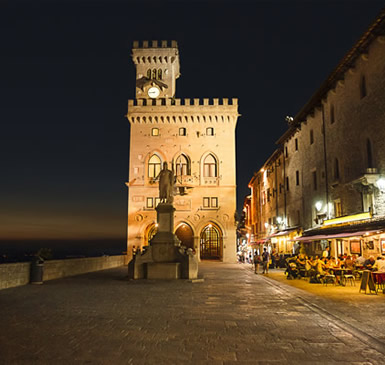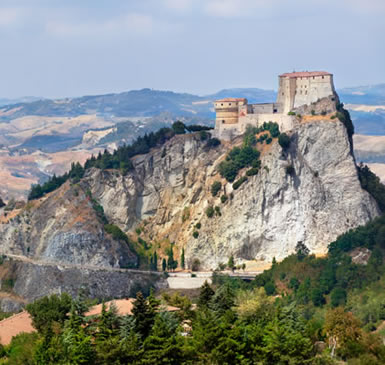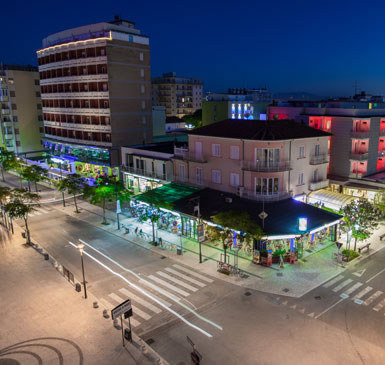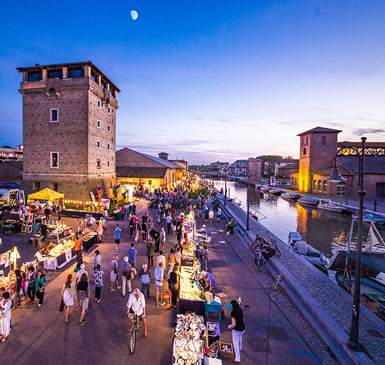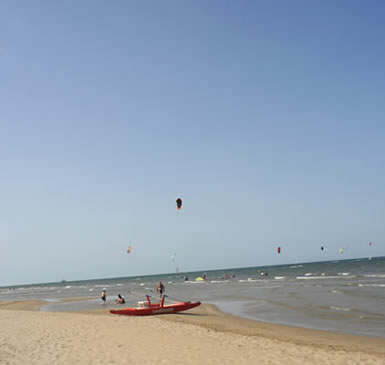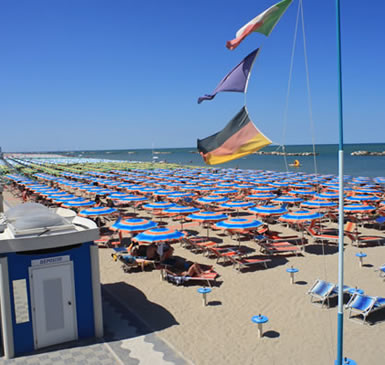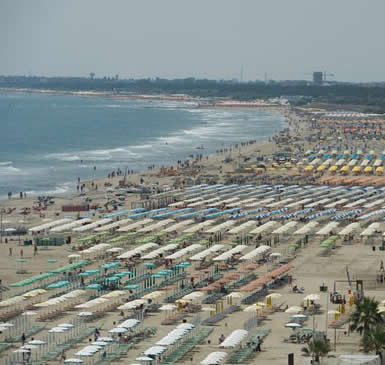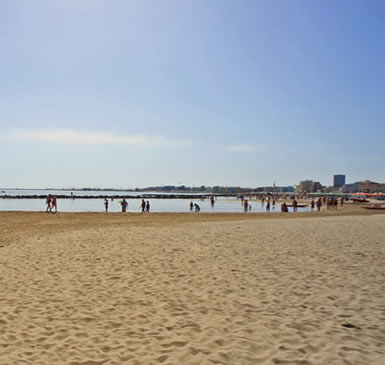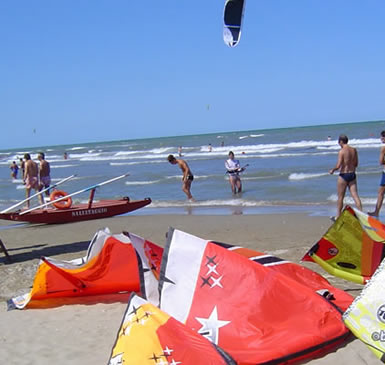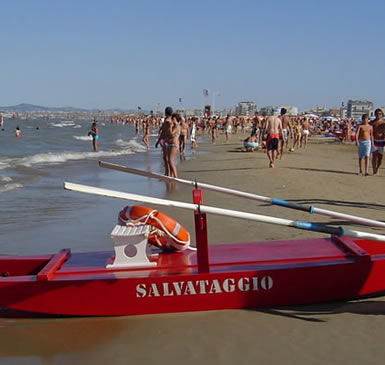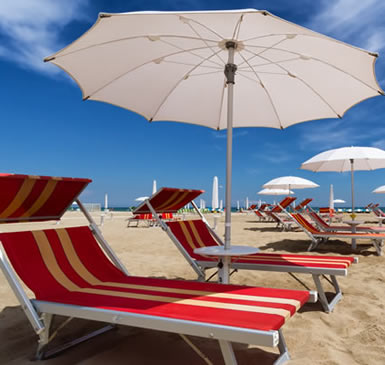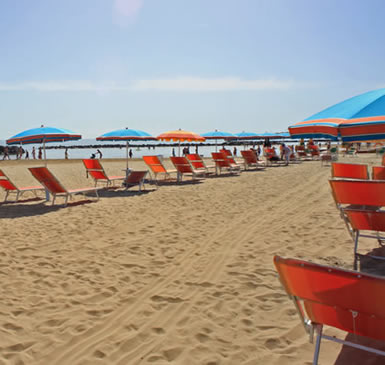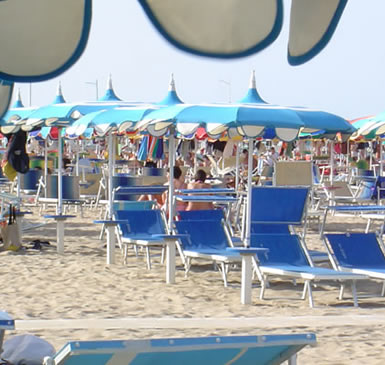Romagna is not only sunny and soft beaches washed by the sea, getting away from the coast toward the hinterland, you start to discover the many treasures offered by this land.
The hinterland of Romagna develops mainly in the area of Valmarecchia that is named after the homonymous river. It is rich in historical and archaeological places of interest with evidences dating back to the Roman era. The traditions handed down from generation to generation get into life in the small historical villages and in the commemorations of the various festivals that periodically animate the villages of Romagna.
18 km from Rimini stands Verucchio. The village finds its roots in ancient times as evidenced by historical relics dating back to the Villanovan and Etruscan civilization and to the Roman period that are still preserved in the Civic and Archaeological Museum. The Rocca Malatestiana or Rocca del Sasso is one of the largest and best preserved of the Signoria dei Malatesta who reigned over this territory from the end of 1200 until 1500. Among the architectural beauties of this small village we must certainly mention the religious ones such as the Romanesque Parish Church of Saint Antony, one of the oldest buildings in Verucchio, the Convent of Saint Francis with the monumental cypress that the tradition wants to have been planted by Francis himself and the Collegiate Church of Saint Martino built in 1863. The town of Verucchio hosts also a protected area donated to the WWF, the Oasis Ca' Brigida that extends for 14 hectares, where you can admire many species of plants and animals.
At the centre of the Valmarecchia rises Novafeltria. It was chosen around the seventeenth century by the Counts Segni of Bologna that built here an imposing residence today serving as Municipal Palace. From the beginning of its history this land represents an important agricultural and commercial centre for the whole basin. In the central square there is the Church of Saint Marina of the 14th century with its façade dating back to the 16th century. Together with the neighbouring villages of which Talamello is the main one, this area is the seat of numerous festivals offering the typical products of the territory.
Pennabilli is the southern village of the Emilia Romagna; its territory is part of the Natural Park of the Sasso Simone and Simoncello. Its origins date back to the Etruscan period as demonstrated by the numerous archaeological findings. In 1004 a gentleman named Malatesta decided to build his fortress on the rock, the hill on which the village now develops, this was the birth of the famous family that will rule over the whole Romagna. Between May and June the village comes alive with the annual feast Artists in the square, the international festival of street art while in July takes place the Exhibition Market of antiques.
Sant'Agata Feltria is the largest municipality of Valmarecchia and houses the Museum of the Rural Arts within the convent of Saint Girolamo. The characteristic and charming village of Sant'Agata is rich in prestigious religious architectures, the Convent of the Cappuccini , the church and the convent of the Poor Clares , The Sanctuary of the Madonna del Soccorso, all dating back to the XV century. The symbol of the village is Rocca Fregoso whose first nucleus dates back to the XII century. The village hosts every year during the Sundays of the month of October the National Expo of the White Truffle.
Santarcangelo is located on the via Emilia at about 15 km from Rimini. At the entrance of the village you will find the great Arch which overlooks Piazza Ganganelli which was built in honour of Lorenzo Ganganelli, citizen of Santarcagelo that was elected Pope with the name of Clement XIV in 1769. In the village there are buildings and churches of great artistic interest such as the Collegiate Church, the Romanesque Church of Saint Michael, and the Rocca Malatestiana of the 14th century. In correspondence of the Colle Giove in the east part of the village there are the mysterious Caves of Santarcangelo. They extend for about 6 km and partly date back to the medieval period and used as warehouses and cellars but some studies dates them back to more ancient times such as the Roman and the Byzantine period when they were used as places of worship. Santarcangelo is a very active village and hosts important events of artistic and cultural interest such as the International Festival of Theatre in the square and festivals such as the Fair of Saint Michael, patron saint of the village dedicated to the ancient traditions of this land.
Continuing toward the hinterland, 10 km from Santarcangelo you reach Poggio Berni. In the Roman period it was a military camp, during the Middle Ages it was a feud of the Malatesta family who here built their medieval castle of which remain today only a few ruins. The most important historical building in the village is Marcosanti Palace dating back to the end of the XII century called the Castle of marriages. The most illustrious and powerful families of the time as the Doria, the Gonzaga and the Medici chose this place to celebrate their marriage.
Just a few kilometres from the border of the Marche region on the green hills of the Valconca is located Saludecio. You can access the ancient village through the Door Marina facing precisely toward the sea and built by Sigismondo Pandolfo Malatesta. The Parish Church of Saint Biagio inside the charming village can be defined as a small Cathedral rich in works of art preserved inside. The impressive Civic Tower dating back to the medieval period and on whose facade there is the coat of arms of the village, dominates the area.




